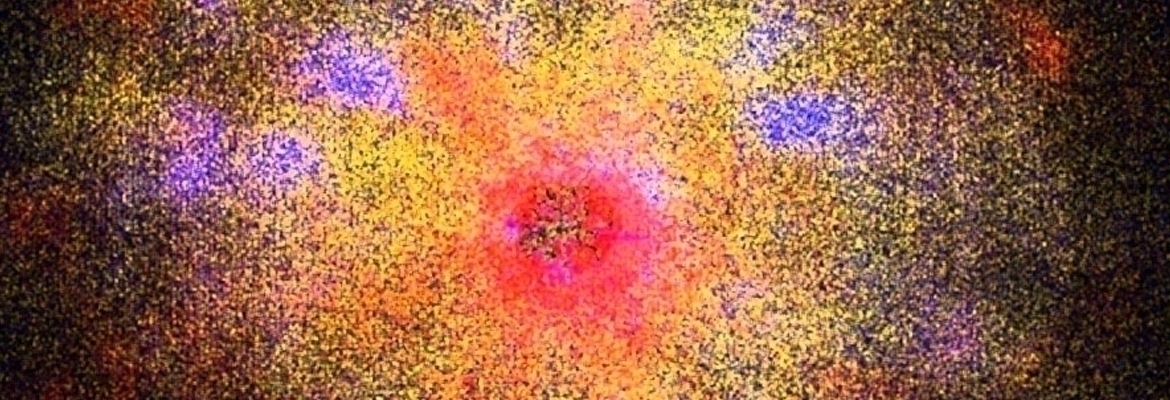

Forensic Applications for Micro-XRF
M4 TORNADO in Forensics
Micro-XRF, as an analytical tool, combines several features which make it ideal for the investigation of forensic samples. The technique can be used to scan large areas, provides simultaneous information on multiple elements down to the trace element level, can be applied under ambient conditions and is non-destructive.
Bruker’s M4 TORNADO is a table-top Micro-XRF spectrometer which combines micrometer spatial resolution and element mapping capability with a powerful set of analytical tools for qualitative and quantitative analysis.
In this webinar we will focus on two applications which are common in the field of forensics: Shooting distance determination and small particle analysis, here on the example of glass fragments.
For shooting distance determination, which is – from a Micro-XRF point of view – a purely qualitative analysis, we will discuss which measurement parameters are to be considered to attain good results in reasonable time and what sorts of data mining tools the software offers for an offline analysis.
Glass shard analysis can be carried out quantitative or in a semi-quantitative way according to ASTM E2926. However, there are several aspects to keep in mind. Above all the information depth of the different elements of the glass can impede both quantitative and semi-quantitative analysis. This is important especially for small particles which can have intricate shapes and it will be hard to identify a good measurement position. Therefore, these small shards should always at first be assessed with an area scan.
The webinar will be rounded off by a 15-minute Q&A session where our experts will answer your questions.
Who Should Attend?
- Micro-XRF users in forensics labs
- Quality control specialists assuring composition of metal or glass samples as well as failure analysis in industry and material research laboratories
- Researchers in R&D
Speakers
Dr. Roald Tagle
Global Manager Application Science, Bruker AXS
Dr. Max Buegler
Application Scientist Micro-XRF, Bruker Nano Analytics
Falk Reinhardt
Senior Application Scientist micro-XRF, Bruker AXS
Watch this Webinar On-Demand
Please enter your details below to gain on-demand access to this webinar.


